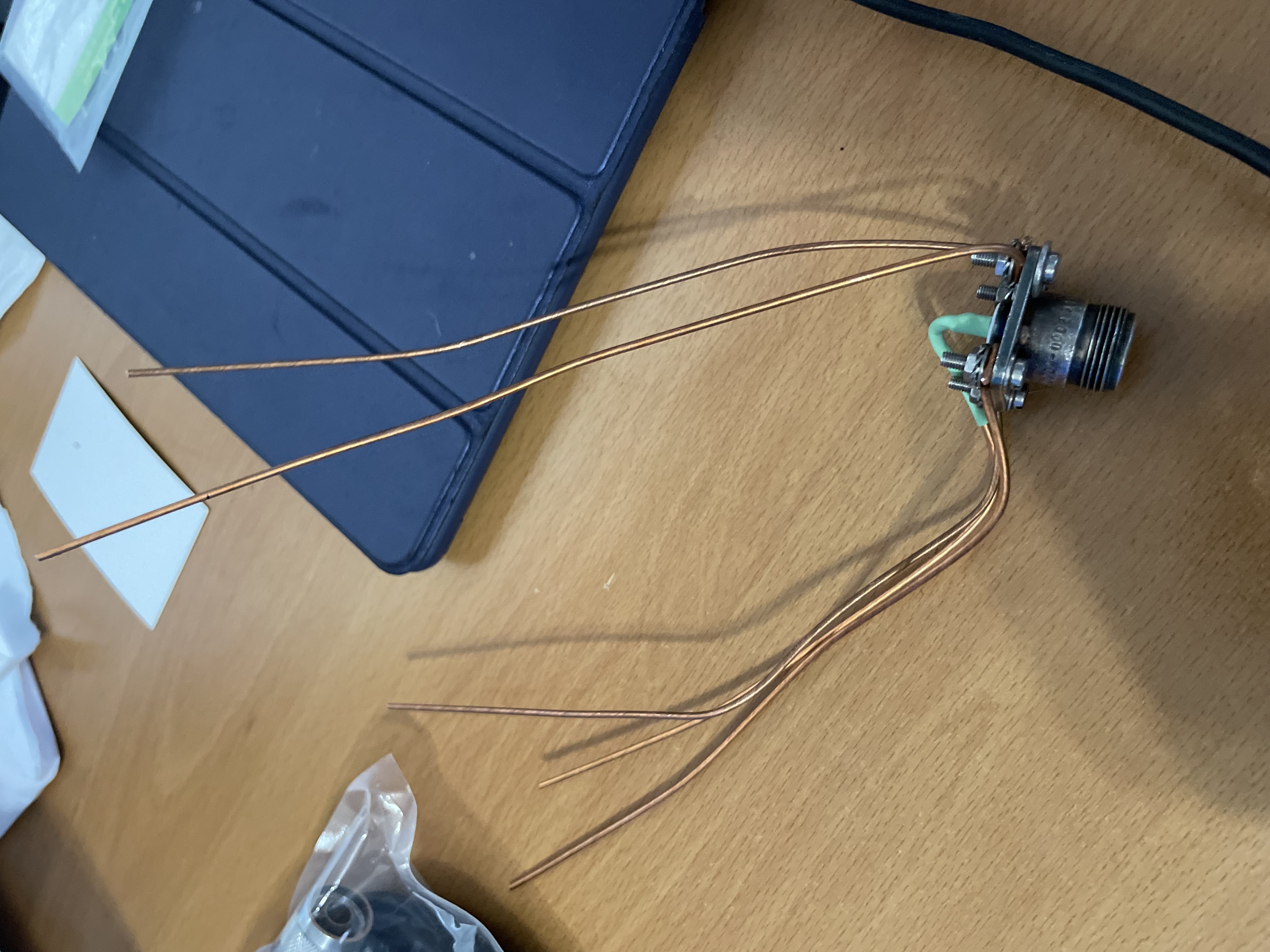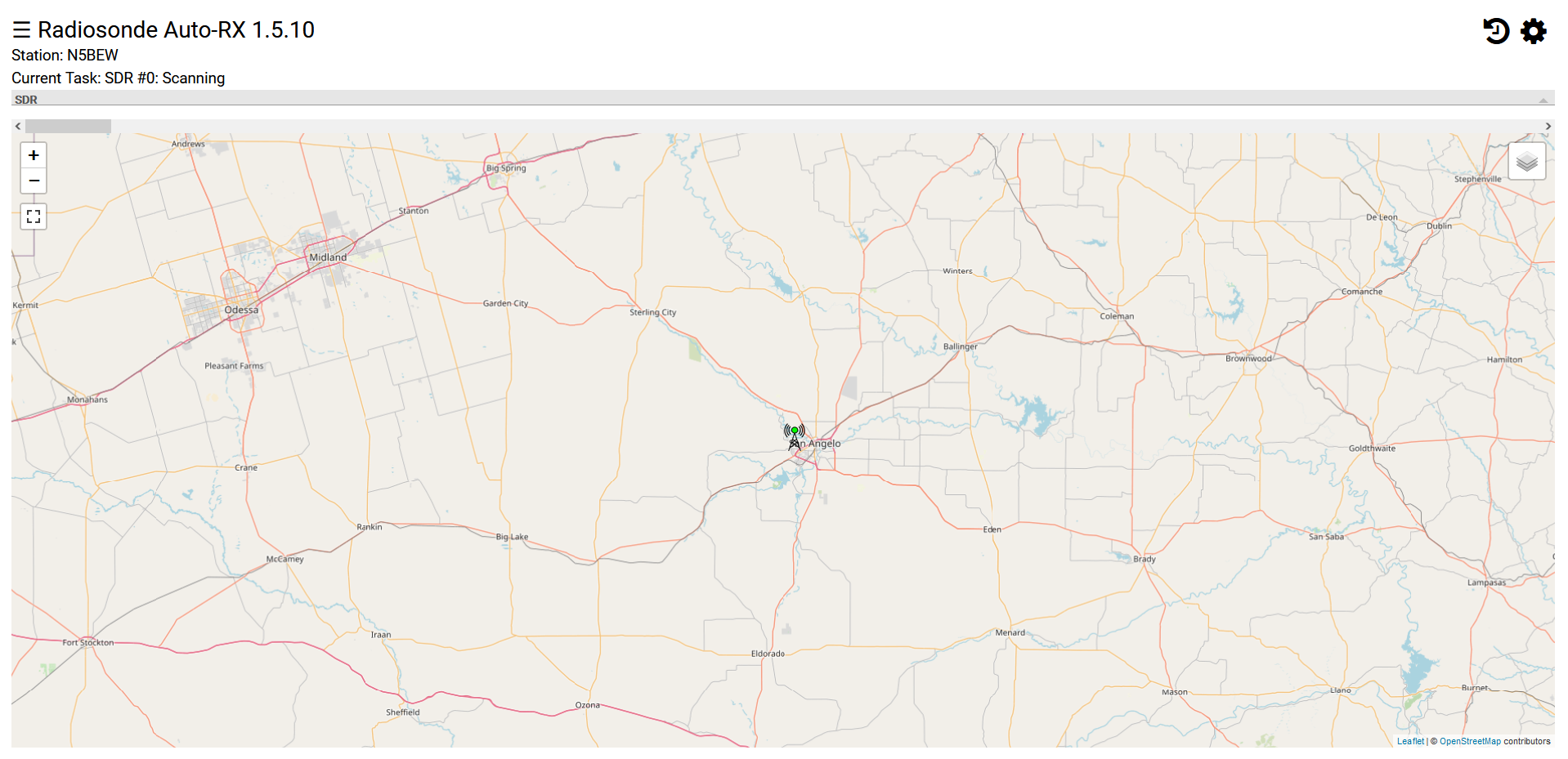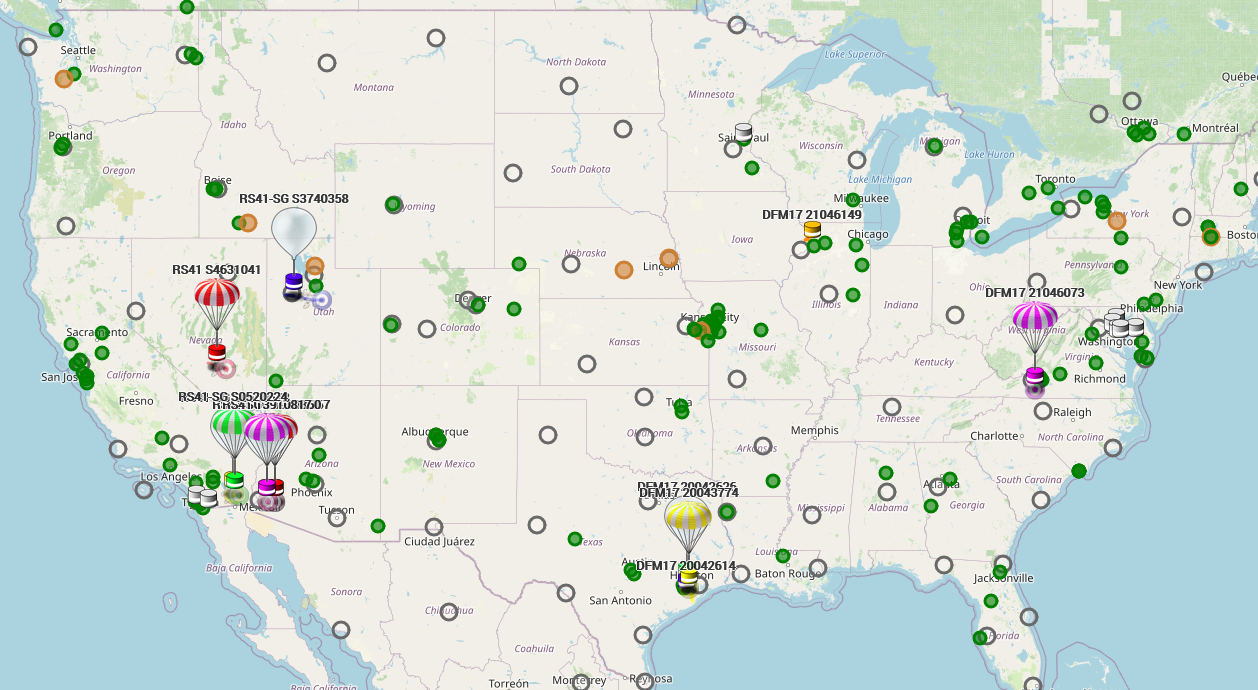Weather balloons and radiosondes are something that I've worked with early on in my electronics career. So when a co-worker told me about Sondehub, I was interested. Sondehub is like flight aware for weather balloons. It uses a SDR to receive a signal, in this case the weather balloons telemetry data, which is then sent over the internet to Sondehub where you can view the data on a map. Typically the National Weather Service stops tracking the balloon once it has popped and begins it's journey back to the ground. Using the SDR however, you can track the balloon until it reaches the ground. From there it's even possible to attempt to recover the radiosonde.
As usual with most things, I start jump neck deep into them instead of taking it slow. I knew from past experience that the radio sondes used in the local area transmit on a frequency of 1680MHz. So the next thing I do is start to design a quadrifilar helicoil or QFH antenna. I got the necessary measurements using this calculator and set off to make a model in Fusion 360. After about an hour of designing the body for the antenna I fired up the 3D printer and went to bed. In the morning, there it was. My 1680MHz QFH antenna was printed and ready to be constructed. A few hours into the day I realized my first mistake. That mistake was that the weather balloons being launched locally weren't using the same radio sondes anymore. The radio sondes being launched were now around 400MHz. This is both good and bad. Good because a 70cm ham antenna could work, and bad because I wasted an hour designing, and two and a half hours printing an antenna that wouldn't get used.
Rather than use a 70cm antenna I figured I would just build a 1/4 wave ground plane antenna and be done with it. This is where I ran into the second issue. I have since lost the original antenna calculator I was using, however it was grossly inaccurate. It should have donned on me sooner as a 1/4 wave of 400MHz, is not 38cm. Regardless I get the antenna built, hook up my VNA to get it tuned, and my VSWR is upwards of 24:1. That seems slightly unacceptable. I start playing around with the vertical element, lengthening and shortening it to see the effect on the VSWR. After even more unacceptable results, I did some math on my own and then looked for at a new calculator. At this time, it donned on my that my 1/4 wave antenna, was closer to a 1/2 wave antenna. This explained the terrible VSWR and impedance I was seeing on the VNA.
With new measurements on hand, I proceeded to cut down the vertical element to about 20cm and made new elements for the radials. After getting everything set up and connecting the VNA, I was instantly greeted with a VSWR of 1.6:1. Some trimming of the vertical element brought things down to about 1.2:1. Since I didn't want to get greedy and make things worse by cutting off too much, I decided to leave it at that. The tuning was plenty, especially considering I wasn't going to be transmitting from this antenna.
Now that I had a proper 400MHz antenna, all that was left to do hardware wise was to get it mounted. For this I turned once again to Fusion 360 and designed a mount so that I could secure it onto the eave of my house.
On to the software portion. The software that is used for receiving and uploading the radiosonde telemetry data is radiosonde_auto_rx. I won't go into installing the software as they have it pretty well covered on their GitHub page. Since at the time of writing this article they're making the Raspberry Pi out of unobtanium, I decided to run everything in a Linux virtual machine.
I was planning to finish things up the next day and then something terrible happened. If you have or know somebody with a toddler, you probably know where this is going. After a long days work I get home, all ready to mount the antenna. That is until I go and look for it and find that it is nowhere to be found. Turns out my toddler got his hands on it. Unfortunately it no longer resembled anything close to an antenna.

Rather than getting the antenna mounted and ready for the next balloon launch, I was tasked with building a new antenna. Not an issue, I have plenty of 14 gauge wire on hand and it's quite simple to make. In the meantime I decided to start printing the mount since it would take a few hours and call it a day. Next day I set off to building a new antenna and getting it mounted. As a temporary measure, I ran the cable from the antenna to the SDR through the window using a pool noodle to insulate the opening. Once everything was connected, I fired up auto_rx and everything is working and showing up on the Sondehub webpage.

This fairly quick and simple project fills a big gap for tracking radiosondes in the area.

